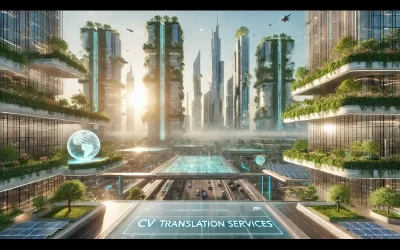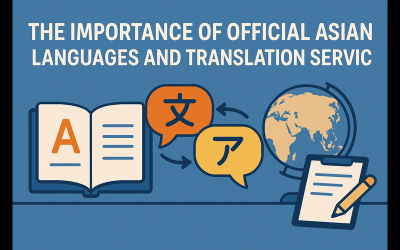Machine learning and translation is a powerful tool that has drastically changed the linguistic world bringing it into a modern era. It is so common now that there are many machine translation tools available in just a search. However, despite its vast technological capabilities, machine translation correction is still an important step and the reason why post-editing phase has become crucial in the translation process. For as much as the machine has learned to do for us and speed up the process, sometimes a human touch is needed. In this article we will go through machine translation and its relation to PE as well as the different types of translation models which can all influence the post-editing processes.
Definition of Machine Translation (MT)
Essentially machine translation is an automatic translator. It is where computer software is able to process one language and convert its text to another language. Although this is an extremely powerful tool and can help businesses, translators etc. save lots of time, it is prone to some mistakes. This is where we bring in the next element, post-editing.
Post-Editing
Post-editing is where proofreader will review, edit, change content and improve the quality of the Machine Translation output. This is done by assessing not only grammar and spelling but also syntax, semantics, target audience, the source of the writing, etc. This process is then further broken down into two stages, one very in-depth, and the other more a quick sweep of corrections. This is known as either light or full post-editing.
Light Post-Editing
Here improvements are made, but no changes in regards to linguistic or stylistic approaches. Only obvious errors are corrected such as mistranslations, mistakes in terminology, overly long sentences, wrong references etc.
Full Post-Editing
This is meant to be a much more in-depth approach in order to deliver the highest quality of work. Stylistic approaches, word flow, paragraph structure, and consistency of messaging are taken into account in this step. Essentially it includes ensuring the overall structure of the piece is strong.
Post-editing process, whether it contains the two steps together or only one of them, greatly improves quality of final work and it is also now fully available online. Prostranslate’s expert translator team provides both full and light post-editing through an online post-editor making quality work that much more accessible. Keep in mind that machine translation, MT post-editing rate can vary if it is online or offline depending on the amount of work and whether or not full or light post-editing is done. Feel free to contact us to get information on rates.
How do Translators Know Which Type of Editing to Do
This is where yet another element comes into the picture. Before editors can even decide what type of PE they will do, they need to understand which translation model comes into play. In order to do that, we need to take a close look to each translation model.
Different Translation Models
- Linguistic model: This is the translation between two different languages.
- Semiotic model: This is the translation between two systems.
- Sociocultural model: This is the translation in the form of an interaction at a social activity with social context.
- Literary model: This is the translation in the form of a literary criticism.
Translators make their selections according to these models, while keeping in mind what their clients need/want. These elements all come together making translation a powerful tool depending on if you are knowledgeable in this field and know the best interactive editing tools, and have access to the best post-editor. Protranslate is a great place to start.
Certified Translation Services
Get your documents translated and certified by a professional translator in 120+ languages with 24 hour delivery.
Get a Quote Rana Maalouf
Rana Maalouf

